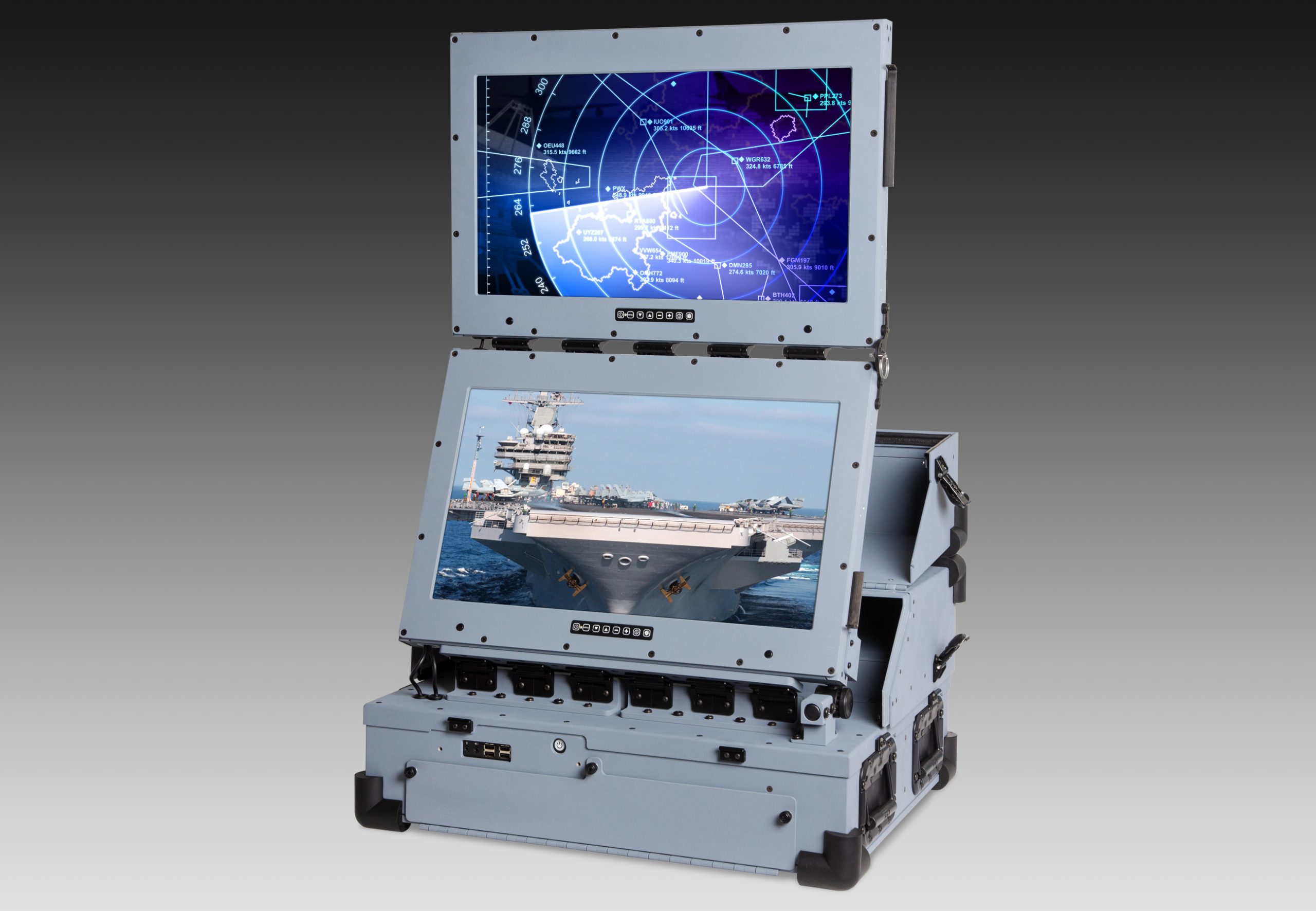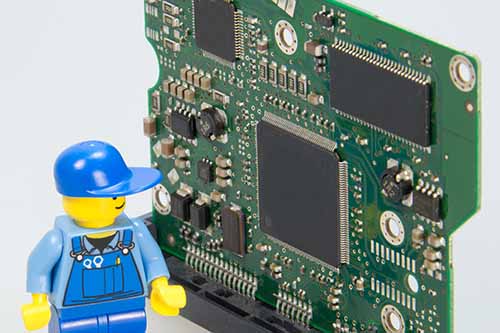All computer systems rely on video controllers to process and deliver the signal that drives display. In some ways they go unnoticed, as they are often hidden inside the computer, suffering from “out of sight, out of mind” syndrome. But in reality, the importance of having a robust video controller can not be underestimated, especially for ruggedized applications. After all, this is the device that is responsible for making sure that the best possible signal is reliably and consistently delivered to the output device. Of course, ultimately the system is restricted by what the monitor itself is designed to handle.

Current Challenges
Ruggedized systems have been around for decades, meaning that the associated video technology has been through several evolutionary cycles already. This creates multiple challenges for system operators. In some cases, only certain components may be at end of life, but others are not. The situation gets more complicated when older parts have been retired or have become obsolete. Connector compatibility issues persist as well. While HDMI has been the standard for some time, it is slowly being replaced by newer tech, such as USB-C, as detailed in our previous blog. Generations of older connector types are still in use as well, adding to the puzzle.
Understanding Monitor Requirements
Before we dive further into details about the next generation of video controllers, we need to take a look at the monitors themselves. For ruggedized applications, true off the shelf “buy it now” systems are hard to come by. Each specific application tends to have their own set of requirements. Often, the manufacturer will start with a standard or base model, then tailor it for the buyer’s specific use. In some cases, a brighter LCD may be added or different interfaces maybe required. Other considerations may be made for extreme environments, such as waterproofing or thermal resistance. There are many variables and conditions to be considered when configuring the optimal display system for an extreme environment.
Solving the Challenges: Today and Into the Future

At GDC, we’re always looking to push the limits and redefine the standards for ruggedized components. We’ve learned that the key for video signal success comes down to one critical attribute: flexibility. With this, the above challenges are addressed: end of life issues, retrofits, customization, and more. All of this must be achieved in line with another long-standing trend – miniaturization. In the case of ruggedized systems, the goal is for components to be lighter, more compact and able to outperform their bulky predecessors.
We are evolving ruggedized video technology so that it can do exactly that: perform well in a variety of environments, and play along well with other components, old or new. Several functions will be integrated into one board. When compared to using multiple space hungry boards, this allows for a more compact and efficient system. These new controllers aren’t simply signal decoders, they represent a platform that has impressive control capabilities built in for factors such as OSD, backlighting, heat, and more. They will be easier to integrate into a ruggedized product, while saving on board count.
The flexibility will extend to connectivity as well. In addition to USB-C, it allows for multiple video formats: HDMI, analog, composite. It will even include an expansion BUS that allows for others. The future for ruggedized video control is looking bright. Soon, the next generation will be widely available: systems that answer the needs of the most demanding applications to be compact, capable, reliable, and above all, flexible.

